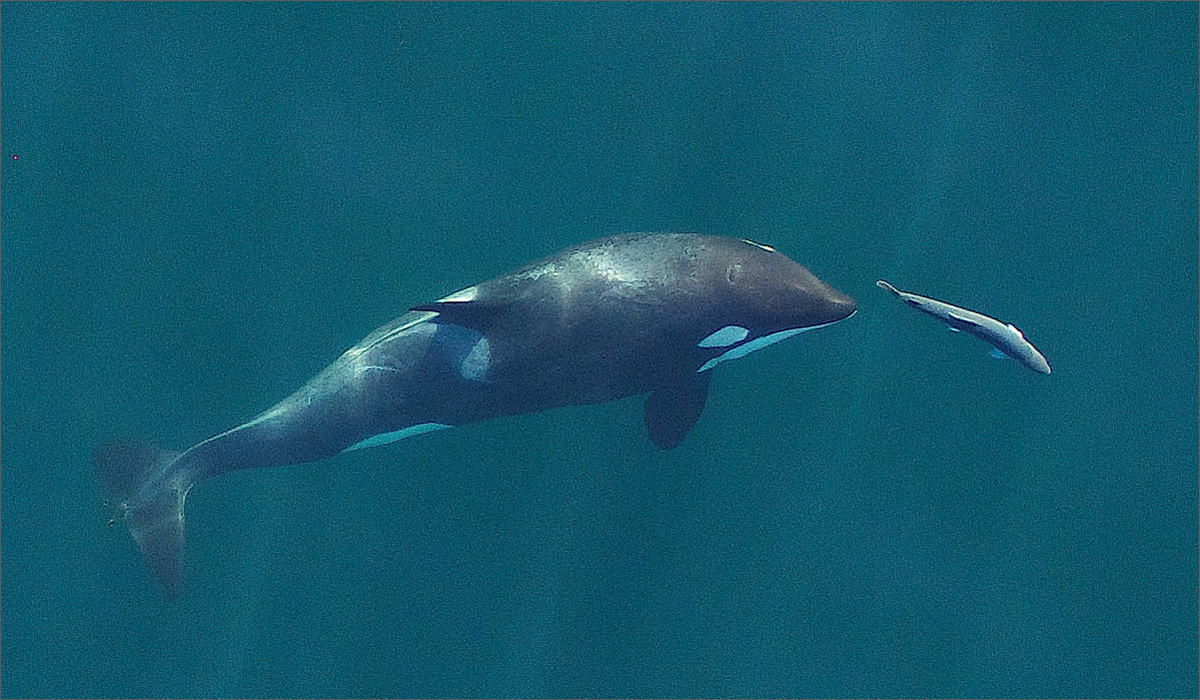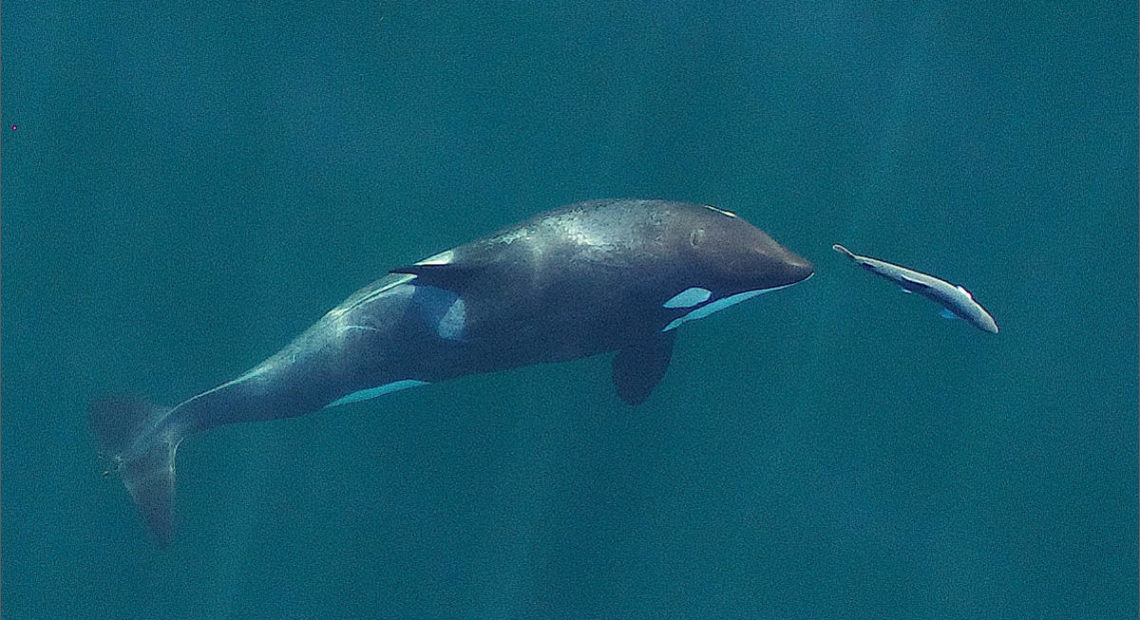
Orcas Need Salmon. Dams Hinder Salmon. Remove Snake River Dams? Feds Say It’s Not So Simple
TELL US: What do you think of dams, salmon, wolves and other natural resource and public land issues in the Northwest? How do these issues affect your voting decisions? Use #damthesalmonwolves on Facebook or Twitter. Or email [email protected]. We’d love to hear from you ahead of the Nov. 6 election.
As the Northwest’s killer whales have gained worldwide attention, more calls are being made to bolster the population of salmon they eat. One big way to do that, supporters say, is by removing the four Lower Snake River dams, which make it harder for salmon to survive.
But the federal government isn’t so sure that’s the answer.
The federal agencies that manage those dams and hold some responsibility for the survival of fish and marine mammals say salmon from the Snake River are not a key source of prey for most orcas. They said removing or altering the dams would only help two of the 15 salmon runs on which orcas depend.
“Geographically and timing, they are not the key limiting resource or prey for the southern resident killer whales,” said Kristen Jule, a fish and wildlife policy analyst with Bonneville Power Administration.
Officials said there might be more immediate actions to help orcas than removing or altering the dams, like projects near Puget Sound.
That’s an argument wild salmon advocates said just doesn’t ring true.
“The Columbia Basin is not a silver bullet, but it’s a pretty big bullet. It has a critical role to play in helping feed a critically endangered orca population that fundamentally needs more fish — and many more fish,” said Joseph Bogaard, the executive director of Save Our Wild Salmon.
Beyond a lack of salmon, killer whales are also threatened by vessel noise — which can hurt their ability to find prey — and toxic pollution.
Advocates have argued since the beginning of this round of debate on the four dams that removing or altering them would increase salmon numbers and, therefore, help the orcas.
A little more than two years ago, U.S. District Court Judge Michael Simon said the federal government wasn’t doing enough to protect threatened and endangered salmon runs on the Columbia and Snake rivers. The salmon have a hard time making it past the rivers’ hydroelectric dams.
Simon ordered the agencies managing the dams to take a hard look at all options on the table, including the controversial option of removing or altering the four Lower Snake River dams.
“Despite billions of dollars spent on these efforts, the listed species continue to be in a perilous state,” Simon wrote. “The (Federal Columbia River Power System) remains a system that ‘cries out’ for a new approach.”
Breaching or removing the four dams on the Lower Snake has been a heated debate for decades. The plight of Puget Sound’s southern resident killer whales has only increased calls for removing the dams.
After a mother orca captivated the world by carrying around her dead calf for weeks, Washington Gov. Jay Inslee ordered a task force to make recommendations to help save the remaining 75 endangered orcas. A report to is due this fall.
One main focus of the 44-member task force is to study the salmon shortage. Snake River chinook salmon are one source of prey for the orcas.
In a rare attempt to save one perilously sick orca, biologists delivered live salmon and medicine to her in the wild. Despite those efforts, that orca was later presumed dead.
The southern resident killer whales are listed as endangered in both the U.S. and Canada. Their numbers have dropped for decades. Biologists say their health is tied to the ecosystem’s overall health.
Biologists have said the clock is ticking to help both wild chinook salmon in the Snake River and orcas in the Salish Sea.
“My point is, this is really, really an emergency and a real crisis,” retired U.S. Marine Mammal Commission head Tim Ragen told KUOW at a recent task force hearing.
TELL US: What do you think of dams, salmon, wolves and other natural resource and public land issues in the Northwest? How do these issues affect your voting decisions? Use #damthesalmonwolves on Facebook or Twitter. Or email [email protected]. We’d love to hear from you ahead of the Nov. 6 election.
Related Stories:
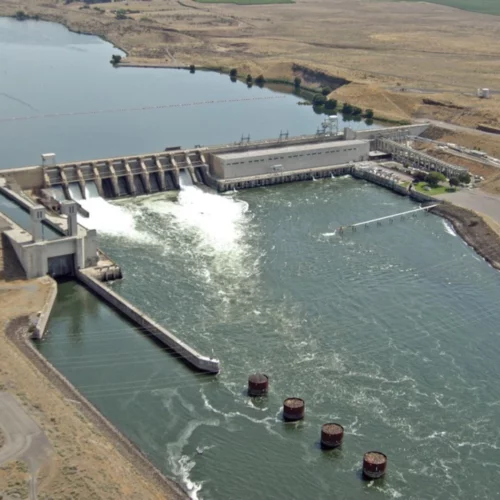
Historic agreement seen as a harbinger to Snake River dam removal
Ice Harbor Dam on the Snake River. Gov. Jay Inslee and U.S. Sen. Patty Murray said removing the four dams on the Lower Snake isn’t feasible right now. CREDIT: Bonneville
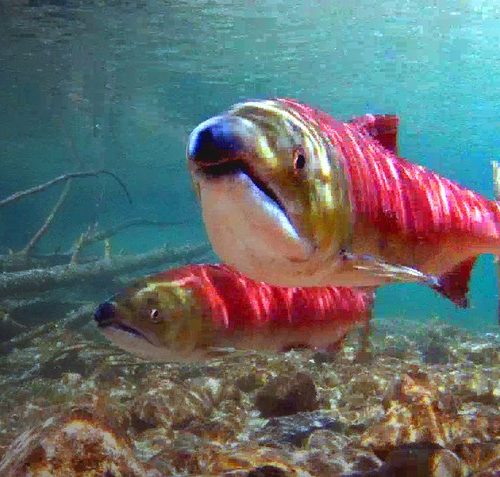
Tribal members gather to demand U.S. Government fulfill treaty obligations
Sockeye salmon like these are among the salmon species in peril. (Credit: Aaron Kunz) Listen (Runtime 2:57) Read For Northwest tribes, removing the four lower Snake River dams means more
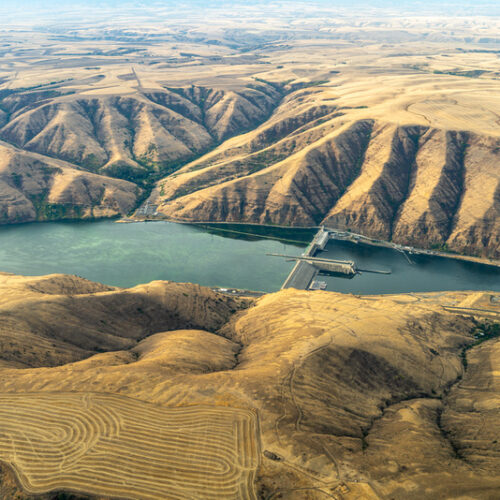
Flying high for conservation, EcoFlight soars above the Northwest
Lower Granite Dam on the Snake River. (Courtesy: EcoFlight) Listen (Runtime 1:34) Read For more than 40 years, Bruce Gordon has flown people over wild lands and wildlife habitats across

